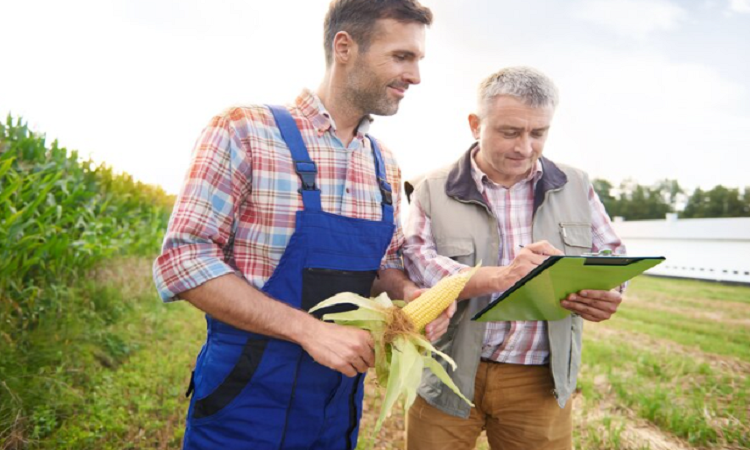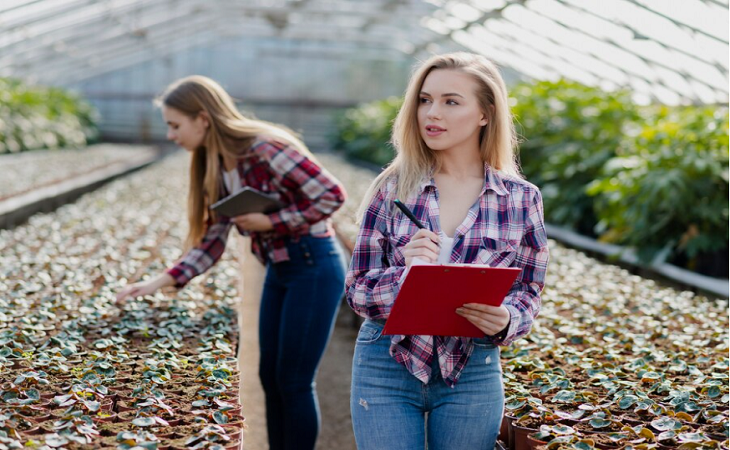The economic benefits and drawbacks of different types of farming systems and rural development strategies
Get ready to dig in, folks! Agriculture is one of the oldest and most important practices in human history, providing the food and resources that sustain our very existence. But not all farming systems and rural development strategies are created equal. In this blog, we’ll explore the economic benefits and drawbacks of different types of farming systems and rural development strategies, so you can see the big picture and decide for yourself which approaches are most effective in your community.
Now, I know what you’re thinking: “Farming? That sounds boring!” But trust me, there’s more to agriculture than meets the eye. Not only is farming essential for feeding our growing population, but it also has a significant impact on our economy, environment, and social well-being. By examining different farming systems and rural development strategies, we can gain a better understanding of the benefits and challenges of each approach, and make informed decisions that promote sustainability, equity, and prosperity.
So, whether you’re a farmer, a policy maker, or just someone who enjoys a good salad, this blog is for you. We’ll explore everything from conventional farming systems to permaculture, and from agroforestry to rural development strategies. So, put on your gardening gloves and let’s get started!
Conventional Farming Systems
When you think of farming, the traditional image that comes to mind is likely that of a conventional farming system. This approach is characterized by large-scale monoculture operations, heavy use of synthetic fertilizers and pesticides, and mechanized equipment. While conventional farming has been the dominant approach for many years, it’s not without its drawbacks. On the positive side, conventional farming can be highly productive and profitable, allowing farmers to produce large quantities of crops with relatively low input costs. However, this approach can also have negative impacts on the environment, such as soil erosion, water pollution, and loss of biodiversity. Additionally, conventional farming can lead to health risks for both farmers and consumers, as a result of exposure to harmful chemicals. Overall, while conventional farming has its benefits, it’s important to carefully consider the impacts and limitations of this approach when making decisions about the future of agriculture.
Permaculture Farming Systems
Permaculture is a relatively new approach to farming that emphasizes a more holistic and sustainable approach to agriculture. Rather than relying on synthetic inputs, permaculture emphasizes the use of natural systems and resources to create a closed-loop, regenerative ecosystem. This approach includes techniques such as companion planting, water harvesting, and soil building, which work together to create a self-sustaining and resilient farming system. Permaculture has a number of economic benefits, including increased yields, reduced input costs, and improved soil health. However, this approach can also have drawbacks, such as the need for intensive planning and management, as well as a potentially slower return on investment. Additionally, permaculture may not be suitable for all types of farming operations, particularly those that require large-scale, monoculture production.
Agroforestry Farming Systems
Agroforestry is a farming system that combines the cultivation of crops and the management of trees in a mutually beneficial way. This approach can take many forms, including alley cropping, silvopasture, and forest farming. Agroforestry has a number of economic benefits, including increased yields, improved soil health, and diversified income streams. Additionally, the use of trees in agroforestry can provide a number of additional benefits, such as carbon sequestration, improved water quality, and habitat for wildlife. However, this approach can also have drawbacks, such as the need for specialized knowledge and management, as well as potential conflicts between crops and trees for resources such as sunlight and water. Despite these challenges, agroforestry has the potential to provide a sustainable and resilient approach to farming in many contexts.
Rural Development Strategies
Rural development strategies are approaches to promoting economic, social, and environmental development in rural areas. These strategies can take many forms, such as infrastructure development, business and industry support, and conservation and environmental protection efforts. Rural development strategies have the potential to provide a number of economic benefits, including increased job opportunities, improved access to resources and services, and increased economic diversity. Additionally, these strategies can help to protect and preserve natural resources and promote sustainable economic growth. However, rural development strategies can also have drawbacks, such as the potential displacement of existing communities, impacts on the environment, and potential for negative social impacts. It is important to carefully consider the potential impacts of rural development strategies in order to ensure that they promote sustainable and equitable development.
Conclusion
In conclusion, the economic benefits and drawbacks of different types of farming systems and rural development strategies are complex and multifaceted. Conventional farming systems can be highly productive and profitable, but come with negative impacts on the environment and human health. Permaculture farming systems offer a more sustainable and regenerative approach to agriculture, but require careful planning and management. Agroforestry offers a promising approach to farming that combines the benefits of crops and trees, but can also present challenges related to specialized knowledge and management. Rural development strategies have the potential to promote economic, social, and environmental development in rural areas, but must be carefully balanced with the potential impacts on existing communities and the environment.
To promote sustainable and equitable development in agriculture and rural areas, it is important to carefully consider the economic benefits and drawbacks of different approaches, and to make informed decisions that prioritize long-term sustainability over short-term gains. This may involve promoting agroecological approaches to farming, supporting local and small-scale farmers, and investing in infrastructure and resources that promote economic diversity and community resilience. By taking a holistic approach to agricultural and rural development, we can create a more sustainable and equitable future for both people and the planet.
Read More You May Like:














Post Comment